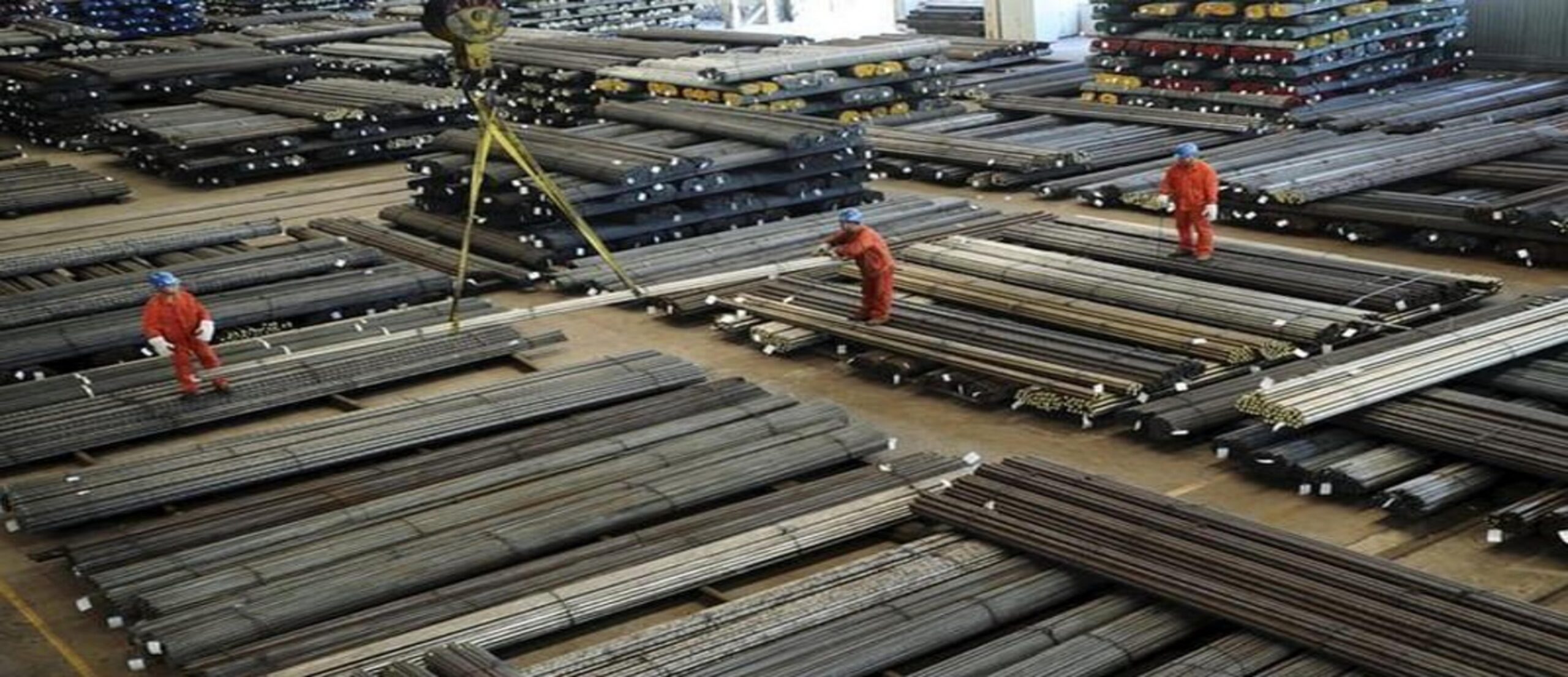Factors Influencing the Current Steel Rate in Pakistan
Steel, a fundamental building block of modern infrastructure, is subject to many factors determining its market value. In the context of Pakistan, understanding the intricacies of these influences is crucial for businesses, investors, and consumers alike.
Introduction
The steel industry in Pakistan has been a cornerstone of economic development. As we delve into the factors shaping the current steel rates, it’s essential to grasp the broader context of the industry and the significance of comprehending these influences.
Top Factors Affecting Steel Rates in Pakistan
1). Global Economic Trends
Global economic conditions exert a significant impact on the steel market. Fluctuations in demand and supply, driven by international economic trends, can cause ripple effects on steel rates within Pakistan. As the world economy shifts, so do the dynamics of steel pricing.
2). Local Economic Factors
The economic landscape within Pakistan plays a pivotal role in determining steel rates. Government policies, economic stability, and fiscal measures directly influence the steel industry’s health and pricing.
3). Raw Material Costs
One of the primary factors influencing steel rates is the cost of raw materials. Exploring the dynamics of iron ore, coal, and other essential inputs provides insights into the intricacies of pricing in the steel sector.
4). Exchange Rates
Currency exchange rates are a critical determinant of steel pricing in Pakistan. The relationship between the Pakistani Rupee and international currencies impacts the cost of steel imports and exports.
5). Infrastructure Development
Ongoing and upcoming infrastructure projects have a direct bearing on steel demand. Understanding the role of construction initiatives and government-driven development projects is vital in predicting steel rate movements.
6). Technological Advancements
Advancements in technology continually reshape the steel manufacturing process. These innovations affect production costs and influence the overall pricing dynamics of steel in the market.
7). Political Stability
Political stability is a linchpin for investor confidence. Examining the political landscape provides insights into potential influences on the steel industry, shaping market conditions.
8). Competitive Market Dynamics
In a competitive market, steel manufacturers employ various strategies to stay ahead. Understanding these dynamics offers a glimpse into the factors affecting pricing strategies in the industry.
9). Environmental Regulations
The global push for sustainability has led to stringent environmental regulations. How the steel industry navigates these regulations can significantly impact production costs and, consequently, steel rates.
10). Consumer Demand Trends
Changing consumer preferences across sectors contribute to the ebb and flow of steel demand. Analyzing these trends provides a forward-looking perspective on the steel market.
11). Trade Relations
Bilateral trade agreements and international collaborations play a role in shaping steel imports and exports. A nuanced understanding of these relationships sheds light on external factors affecting steel rates in Pakistan.
12). Labor Costs
Labor costs are a crucial component in the overall cost structure of the steel industry. Examining factors influencing fluctuations in labor expenses provides a comprehensive view of pricing dynamics.
13). Crisis Situations
Global crises, whether economic or health-related, can significantly impact steel rates. Strategies for managing price volatility during such crises become imperative for stakeholders in the industry.
Future Outlook
Predicting the future of the steel industry in Pakistan involves synthesizing insights from the factors discussed. Understanding the trajectory of these influences helps stakeholders make informed decisions.
Conclusion
In a complex web of global and local influences, the steel industry in Pakistan navigates a dynamic landscape. Businesses and investors can position themselves strategically in this ever-evolving market by comprehending the factors that influence steel rates.
FAQs
How often do steel rates change in Pakistan?
Steel rates in Pakistan can experience fluctuations based on various factors and may change periodically.
Are government policies the primary driver of steel prices in the country?
While government policies play a significant role, global and local factors collectively influence steel rates.
How do technological advancements impact steel pricing?
Technological innovations can affect production costs, influencing the overall steel pricing in the market.
What role do environmental regulations play in the steel industry?
Environmental regulations can impact production costs, and adherence to these standards may influence steel rates.
How can businesses mitigate the impact of global crises on steel prices?
Diversification, strategic planning, and risk management strategies are essential for businesses to navigate and mitigate the impact of global crises on steel prices.



